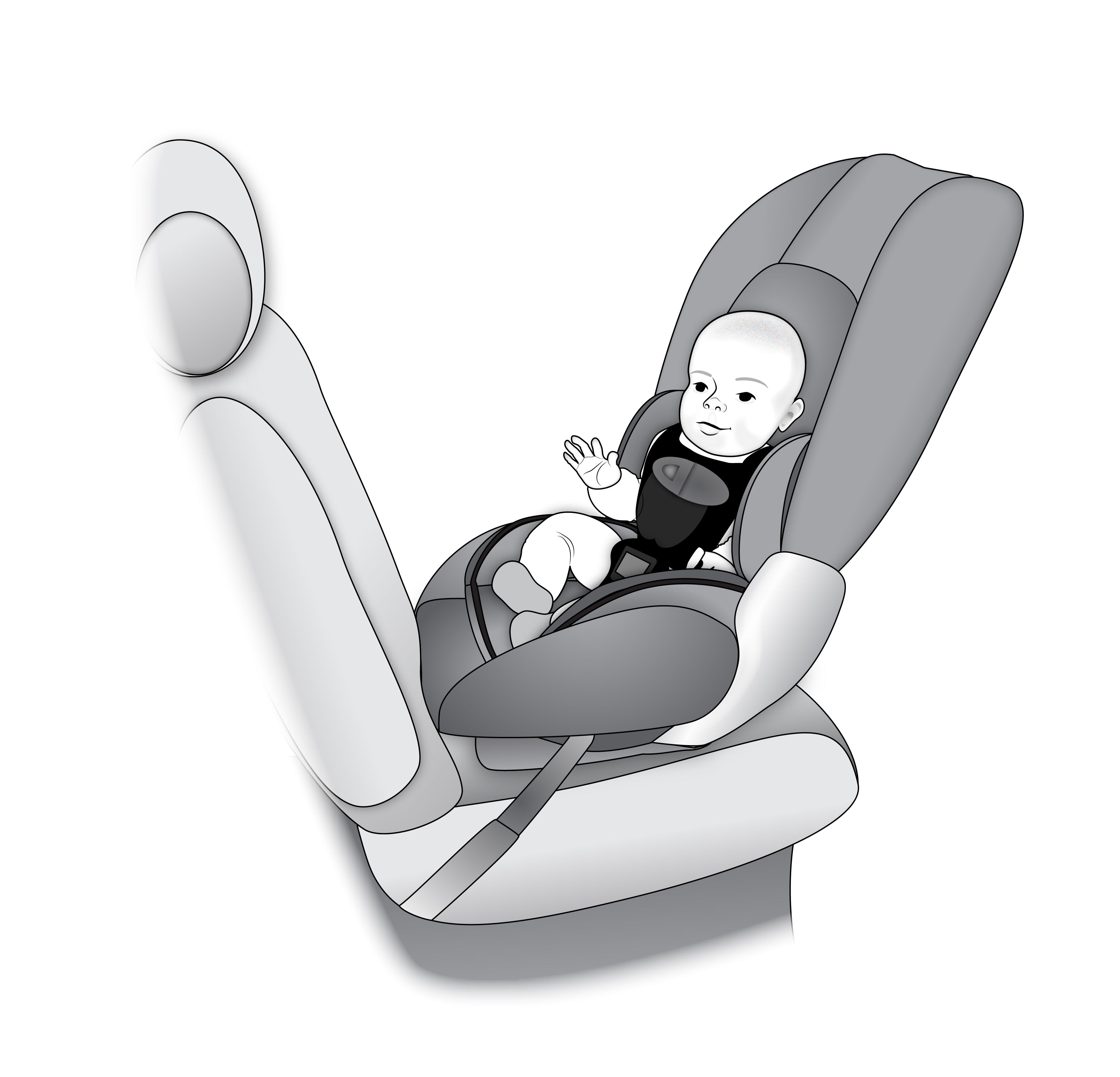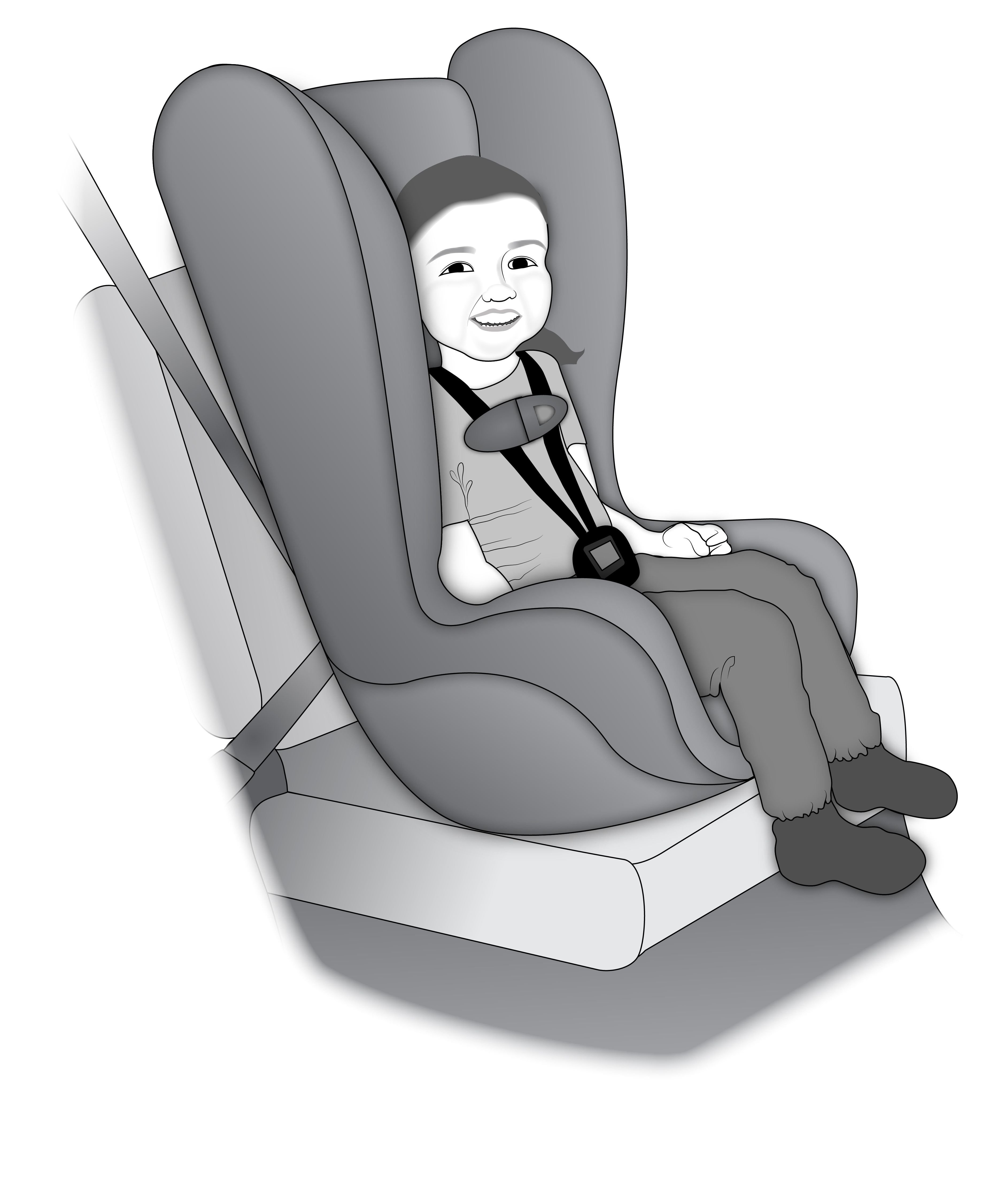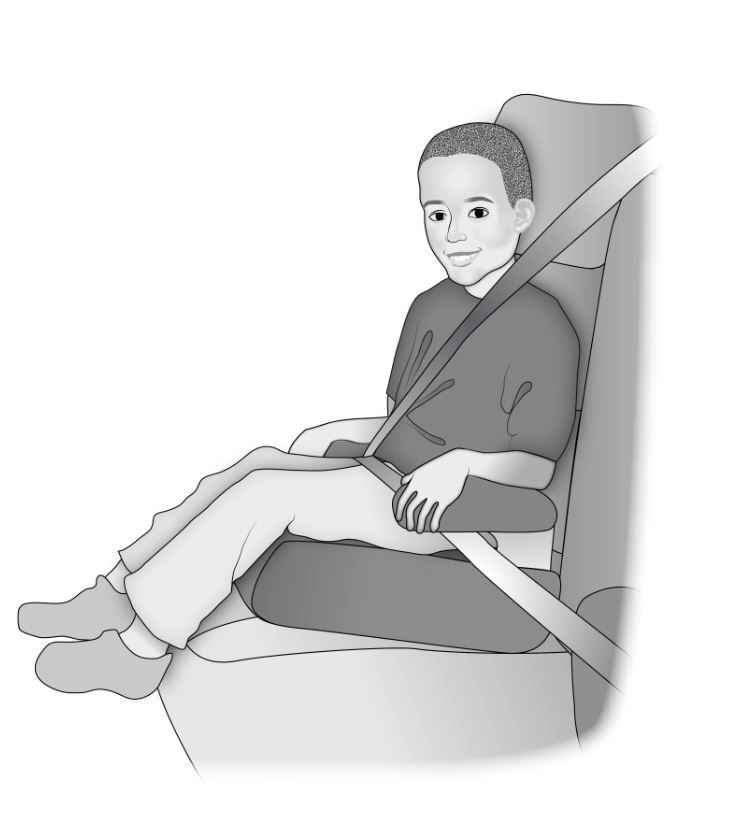Staying Healthy
Child Safety Seats
According to the Centers for Disease Control and Prevention (CDC), motor vehicle accidents are the leading cause of death among children.
On average, 520 children (age 14 and under in a passenger car) were injured every day in car accidents in 2018, according to the National Highway Traffic Safety Administration (NHTSA). Many of these children experienced serious injuries to the head, spine, and lower extremities.
In addition, car accidents killed an average of almost 3 children each day. Data from the NHTSA indicates that approximately 70% of infant deaths and 50% of toddler deaths (in passenger cars) annually could be prevented by using car seat or booster seats that correctly fit children's height, weight.
There are many different types of car seats and booster seats available. This article provides parents and caregivers with general guidelines to follow when selecting children's safety seats.
Car Seat Safety Basics
- Children younger than 13 years of age should always ride in the back seat. A child sitting in the front seat is at a much higher risk for injury or death in a crash — from both the force of impact and the force of the front-seat airbag deployment.
- Read your car seat instruction manual and your vehicle owner's manual carefully. Keep the manuals in your car at all times.
- Do not transfer your child to the next safety seat stage (for example, from a rear-facing seat to a forward-facing seat) too early. Keep your child in each car seat stage until they outgrow the seat manufacturer's height and weight limits.
- Make sure that your child's safety seat is installed securely. You should not be able to move a safety seat more than one inch to the right, left, or forward if it is installed properly.
- Always wear a safety belt yourself to set a good example for your child.
Guidelines for Choosing Child Safety Seats
The type of safety seat you need depends on the size and weight of your child, as well as your vehicle's safety equipment. Before you select a car seat, be sure to refer to your car's owner manual for helpful information on safety equipment features.
Birth to 2 Years
A rear-facing child safety seat offers maximum protection and should be used for most babies until they are at least 2 years old.
A rear-facing infant car seat typically has a base that is installed in the back seat, allowing your baby to stay in the seat for easy transferring in and out of the car. When your baby outgrows the seat manufacturer's height and weight limits — usually around 1 year — switch to a rear-facing seat with higher size accommodations.
Many manufacturers offer convertible safety seats that can be adjusted as a baby grows. Convertible seats can be used in both rear-facing and forward-facing positions. Height and weight limits for most convertible seats can accommodate most babies in the rear-facing position until they are at least 2 years old.
Keep your child rear-facing as long as possible. Children older than 2 years who still fit within car seat height and weight limits can stay rear-facing until they outgrow their seats.
2 to 4 Years
Once your child has outgrown the size limits for car seats in the rear-facing position, a forward-facing seat secured in the back seat is the safest option. Never use a seat that is built just for rear-facing in a forward-facing position.
If you have a convertible car seat, follow the manufacturer's instructions to safely convert the seat from rear- to forward-facing. Children should stay in a forward-facing car seat with a harness until they reach the height and weight limits of the seat, which typically occurs around 4 years of age.
4 to 8 Years
A booster seat will put your child in position to be safely secured with your car's lap and shoulder seat belts. When your child has outgrown the forward-facing car seat, buckling up in a booster seat in the back seat of your car will provide the most protection.
There are high-back booster seats and backless booster seats. High-back booster seats should be used in vehicles with lower seat backs that do not support a child's head.
Booster seats should be used until your child is tall enough that the car's seat belts fit correctly. This means that the shoulder belt fits across the chest and shoulder, not across the neck or face, and the lap belt crosses at the upper thighs. In most vehicles, children who are 4' 9" tall can be safely secured with standard shoulder and lap belts in the back seat.
Conclusion
Make sure that the car seat you are using is right for your child's size and is installed properly. A research study from NHTSA concluded that three out of four children are at greater risk for injury because of car seats that are used incorrectly.
Many communities now sponsor events during which parents and caregivers can receive education and hands-on assistance in installing safety seats from certified Child Passenger Safety Seat Technicians.
In addition, you can find comprehensive information on selecting the right car seat for your child, as well as instructions on car seat installation, seat recalls, and additional safety tools, by visiting the NHTSA at SaferCar.gov.
Sources: National Center for Injury Prevention and Control, Centers for Disease Control and Prevention. US Department of Transportation, National Highway Traffic Safety Administration, Child Car Safety Fact Sheet 2018 (Updated Jan. 2021).
AAOS does not endorse any treatments, procedures, products, or physicians referenced herein. This information is provided as an educational service and is not intended to serve as medical advice. Anyone seeking specific orthopaedic advice or assistance should consult his or her orthopaedic surgeon, or locate one in your area through the AAOS Find an Orthopaedist program on this website.










